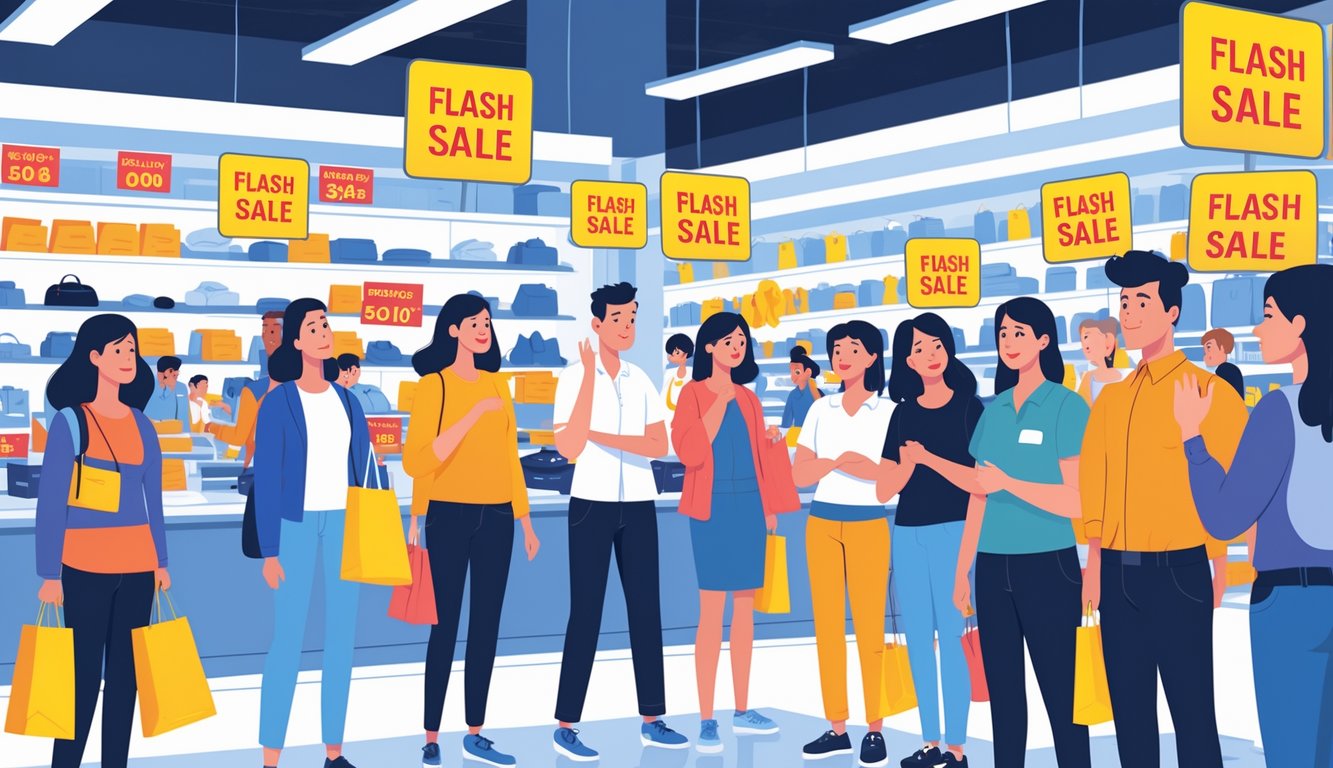
The Future of Promotions in Retail
Everyone’s scrambling. Timed offers disappear, shoppers (me included) keep wish lists that never seem to run out. You see these bursts of buying, stuttering out as bans pile up, and retail just spins in circles. Is shopping ever just about the discount? Doubtful.
Adapting to Changing Consumer Behaviors
It’s complicated. Last week, my favorite retailer ditched flash sales for “gentle” surprise drops—supposed to cut down on impulse buying, but all it did was annoy new customers who wanted the dopamine rush. Bain & Company’s got a report listing six retail disruptions, and not one involves “gentler” pricing. Shoppers hate missing out, and bans on timed promos just swap one kind of FOMO for another. Brands flail, trying to stay relevant after regulators kill the impulse-buy button. Dr. Elaine Hsieh—behavioral economist, sounds fancy—said, “Consumers respond less to urgency, more to authenticity.” Instagram ads keep getting weirder, anyone else notice? Brands fall over themselves pushing “permanent” discounts. The timing’s always off. Sales at 2 a.m., never when you actually need them. I don’t have a neat chart, just a folder of “Sorry, this sale has ended” screenshots.
Opportunities Beyond Flash Sales
Alternatives? Sure, there are loyalty programs, staggered releases, tired old coupons. Every retailer promises these will fill the void. Apparel brands love their VIP clubs now—“exclusive preview windows”—which feels like dating someone who won’t commit. “Flash sale bans drive realignment,” some Vanderbilt professor said at a panel. Brands overcomplicate promos to keep people buying, and customers get lost just trying to find jeans. In fashion, timed promos used to create overnight frenzies. Now, it’s all about hype cycles and influencer drops. Still waiting on sneakers from two months ago. Stats say flash sales brought in up to 30% of new customers per quarter (here’s the BBC’s take), but now it’s all experiments—bundles, weird in-store events, whatever. Consumption mutates, skips, flops. Never sits still.
Frequently Asked Questions
Discount confusion? Everywhere. You refresh, hope for a restock, cart times out. Watching retailers panic, hearing deal hunters rant—nobody’s giving straight answers, just more spin.
Why have some places started banning flash sales?
Chasing deals, landing on “sold out”—it’s old news. I had a client (mid-sized, 200k+ shoppers/month) who said their customer service tickets tripled during four-hour flash sales. Servers crashed, social media blew up, and “lack of fair opportunity” became the PR line.
Makes sense when Best Buy’s FAQ flat-out says no rainchecks. People hate missing out because of a timer or a glitchy checkout.
What are the benefits versus drawbacks of participating in flash sales for businesses?
Grocery managers used to call them “clean sweeps”—move the old stuff before it expires. My neighbor runs a boutique; her returns went wild after 24-hour sales. Sure, average order value jumped 37% in 2019, but refund rates hit 18%. Midnight impulse buys look great until you’re dealing with chargebacks.
Logistics? A headache. This retail overview says flash sales force companies to gamble on urgency. Sometimes they just end up with jammed-up fulfillment and math that never quite works.
How do flash sale bans impact consumer behavior and market trends?
Stare at the “ending in 59 minutes” banner, then—poof, no more flash sales. People get cranky. Professor Allen (consumer psych, my old school) said FOMO turns into fatigue, not loyalty. The European Business Review has data: urgency triggers impulse, but take it away? Folks wander off or just ignore their inbox.
I missed a loyalty program once because it got buried in a pile of “urgent” emails. Distraction wins, brand engagement loses.
What measures can consumers take when they’re unable to access flash sale deals?
Set reminders, make burner accounts—doesn’t matter if the sale’s gone in seconds. My ex-coworker uses browser extensions to auto-refresh, but she still missed out during a Wi-Fi outage. Some people try cash-back apps, but the fine print always gets you.
Keep a wishlist ready, or just wait. “Exclusive” deals come back with a new banner next week. Buy too quick, regret it later—like that time I bought thirty avocados. Don’t ask.
Are there any legal considerations companies must navigate when flash sales are restricted?
Terms and conditions—nobody reads them, except lawyers. A friend once dug through the fine print, found regional laws that ban “price misrepresentation” if stock’s tiny. Brands get fined for fake sale durations (FTC’s clear on this), and in Germany, it’s even stricter.
That “no rainchecks” policy from Best Buy? More about legal defense than customer service. Trying to dodge these rules is riskier than the profits from any flash sale.
How can businesses adapt their marketing strategies in light of widespread flash sale bans?
So, I keep seeing brands desperately trying to spin up these “members-only” or “early access” things—like, didn’t we all get sick of that in 2016? My client basically gave up on flash sales and started rolling out these weirdly timed promos. Supposedly, their click-through rates went up after the ban, but honestly, who knows if that’s just wishful thinking or what. They dabbled in social giveaways, too. That was… a circus. The only people who showed up were contest junkies who, let’s be real, probably never bought anything in their lives.
Here’s the weirdest bit: some teams now obsess over loyalty perks instead of scrambling for the next big discount. Is that progress or just boredom? I don’t know. Anyway, the so-called industry experts keep insisting that “authenticity” is the new hot thing. Am I the only one who finds that both hilarious and a little bit depressing? I mean, sure, maybe it works, but you won’t see it neatly charted out in a quarterly report.



